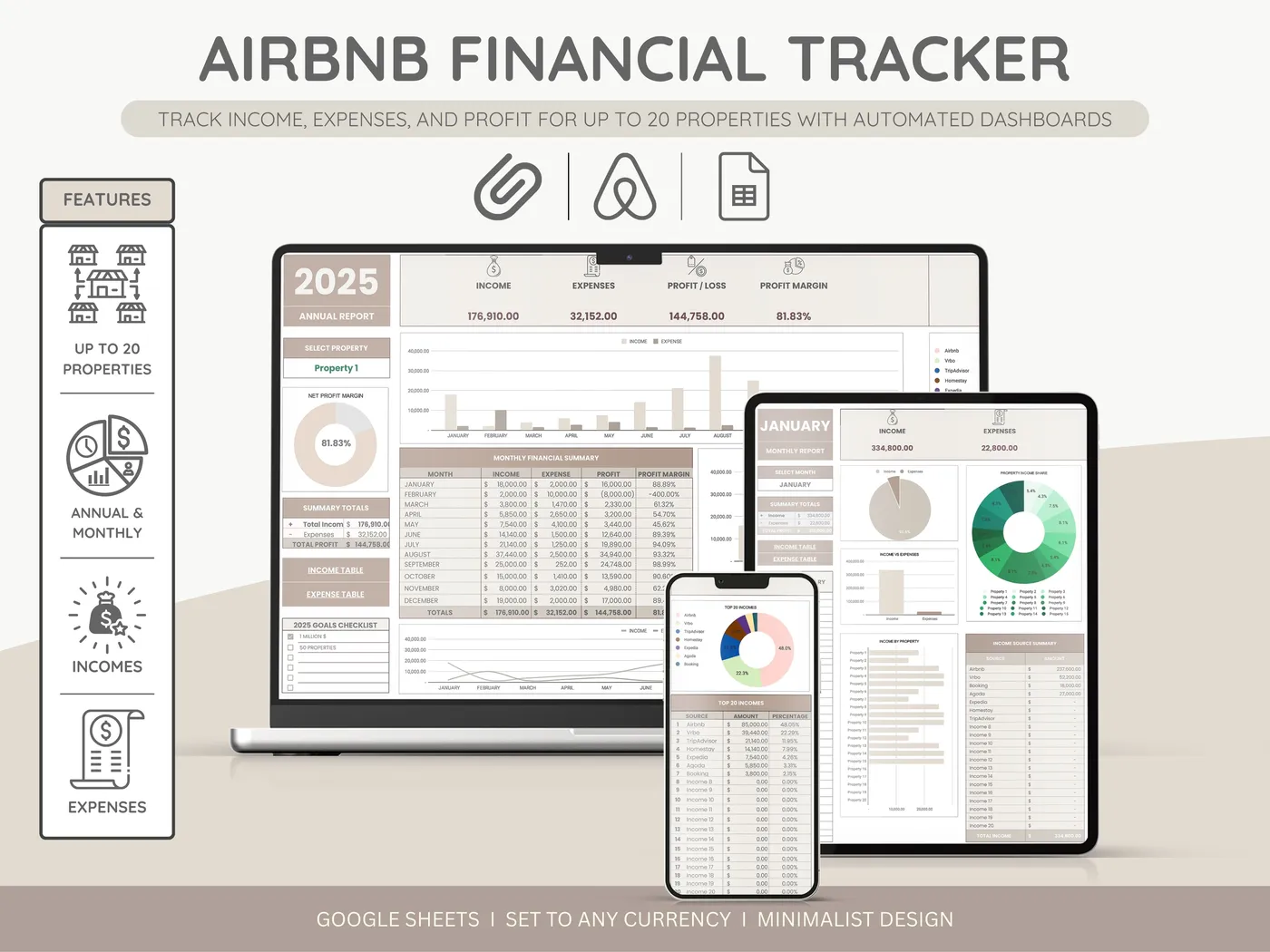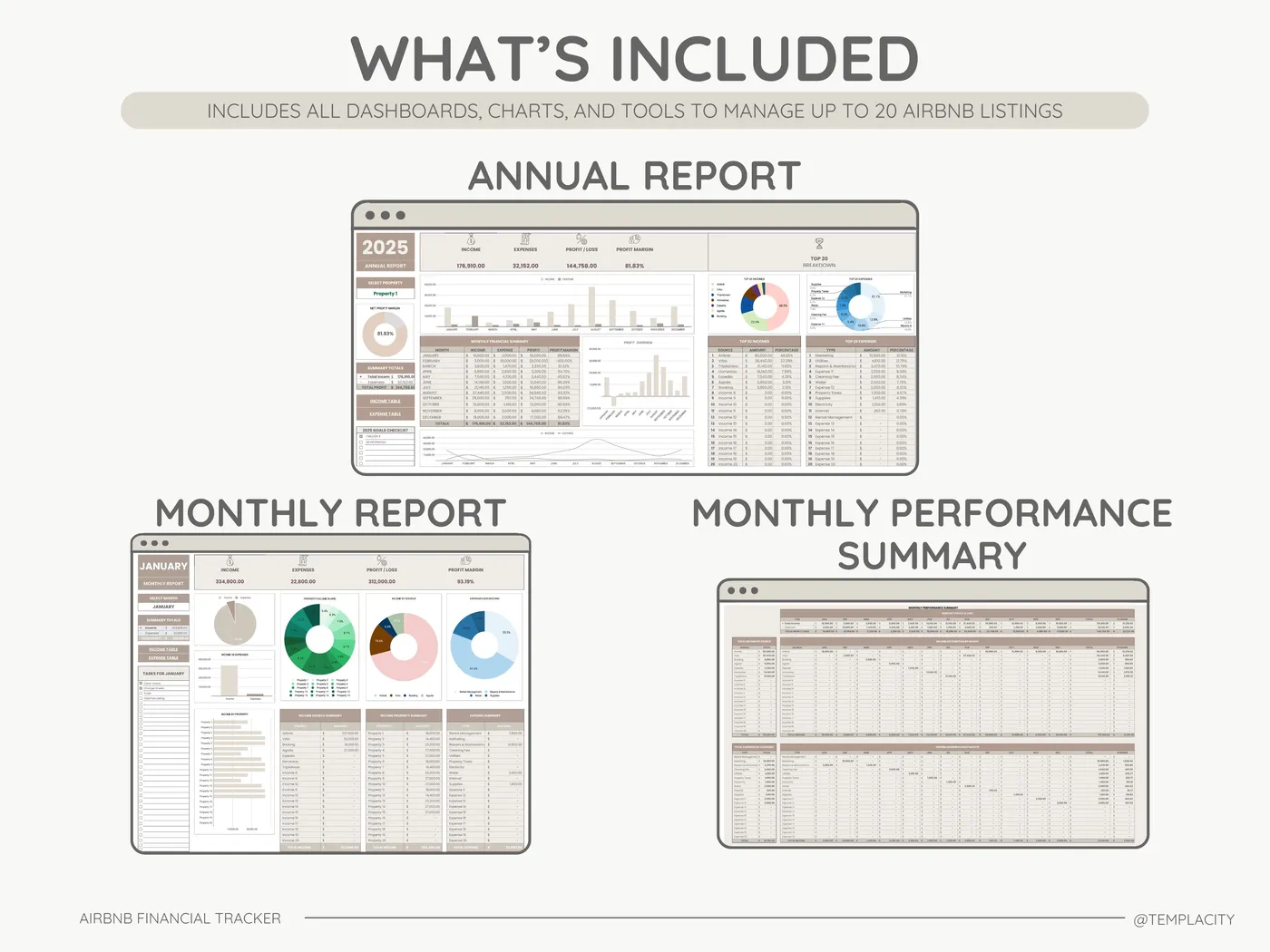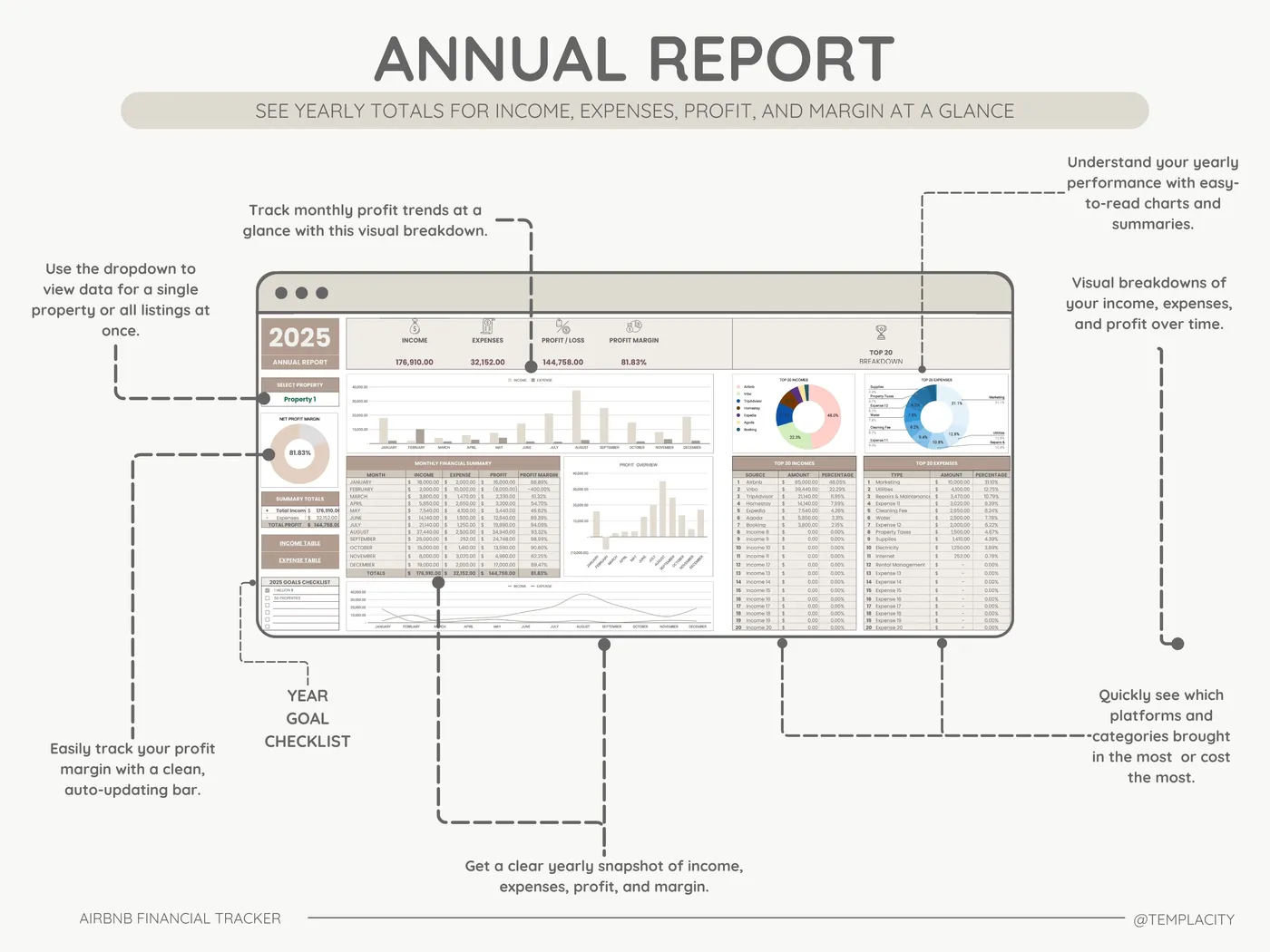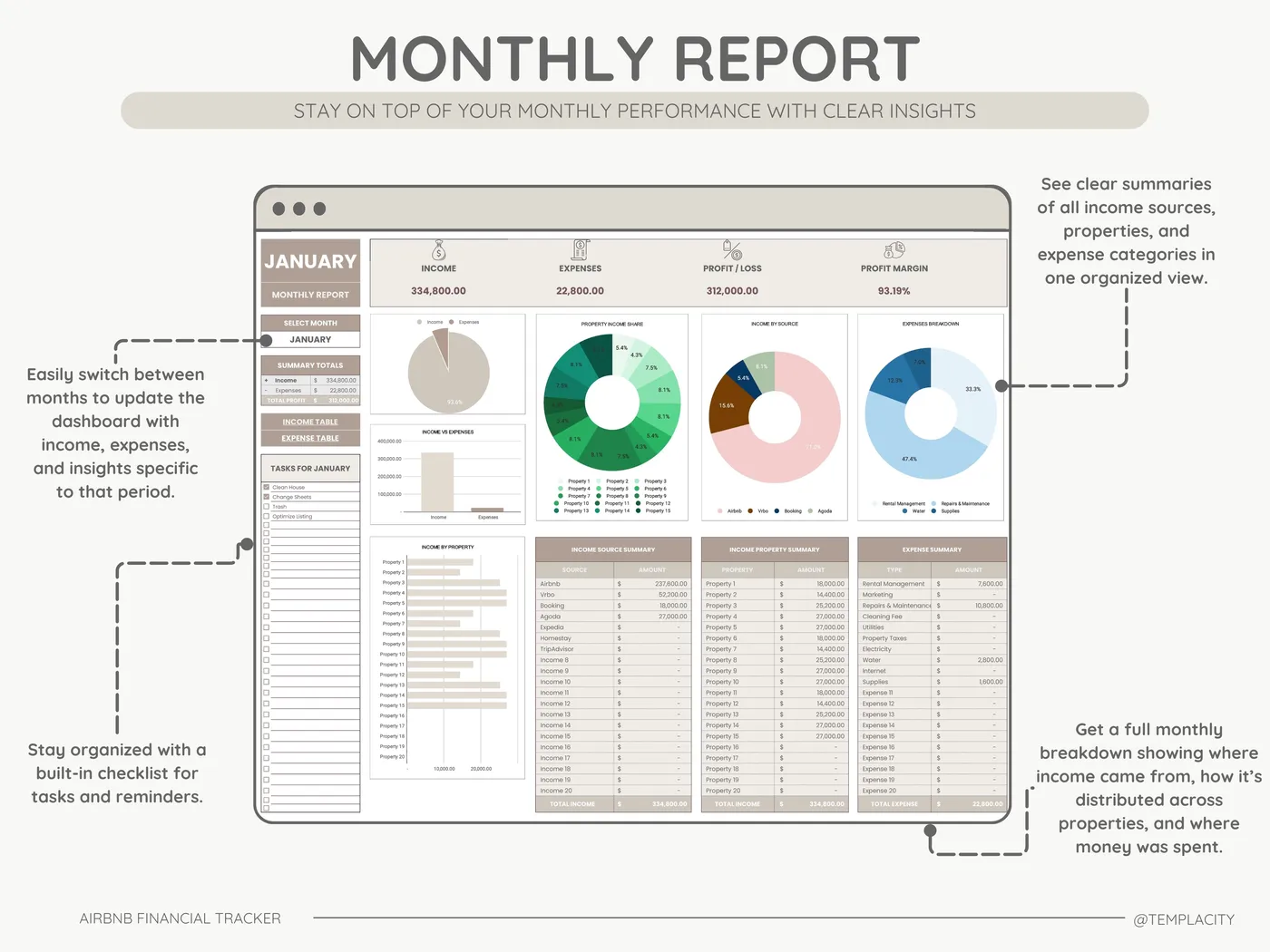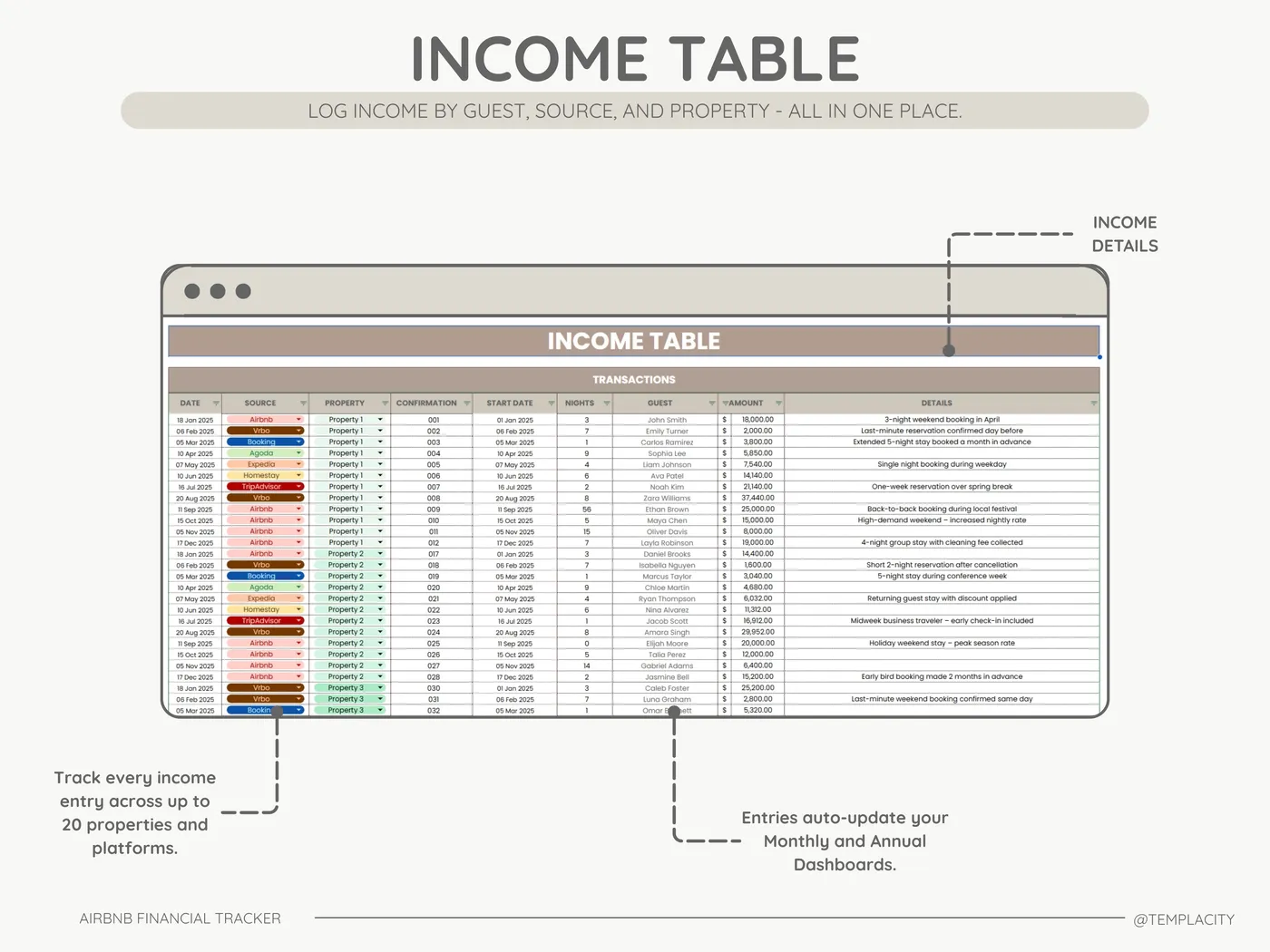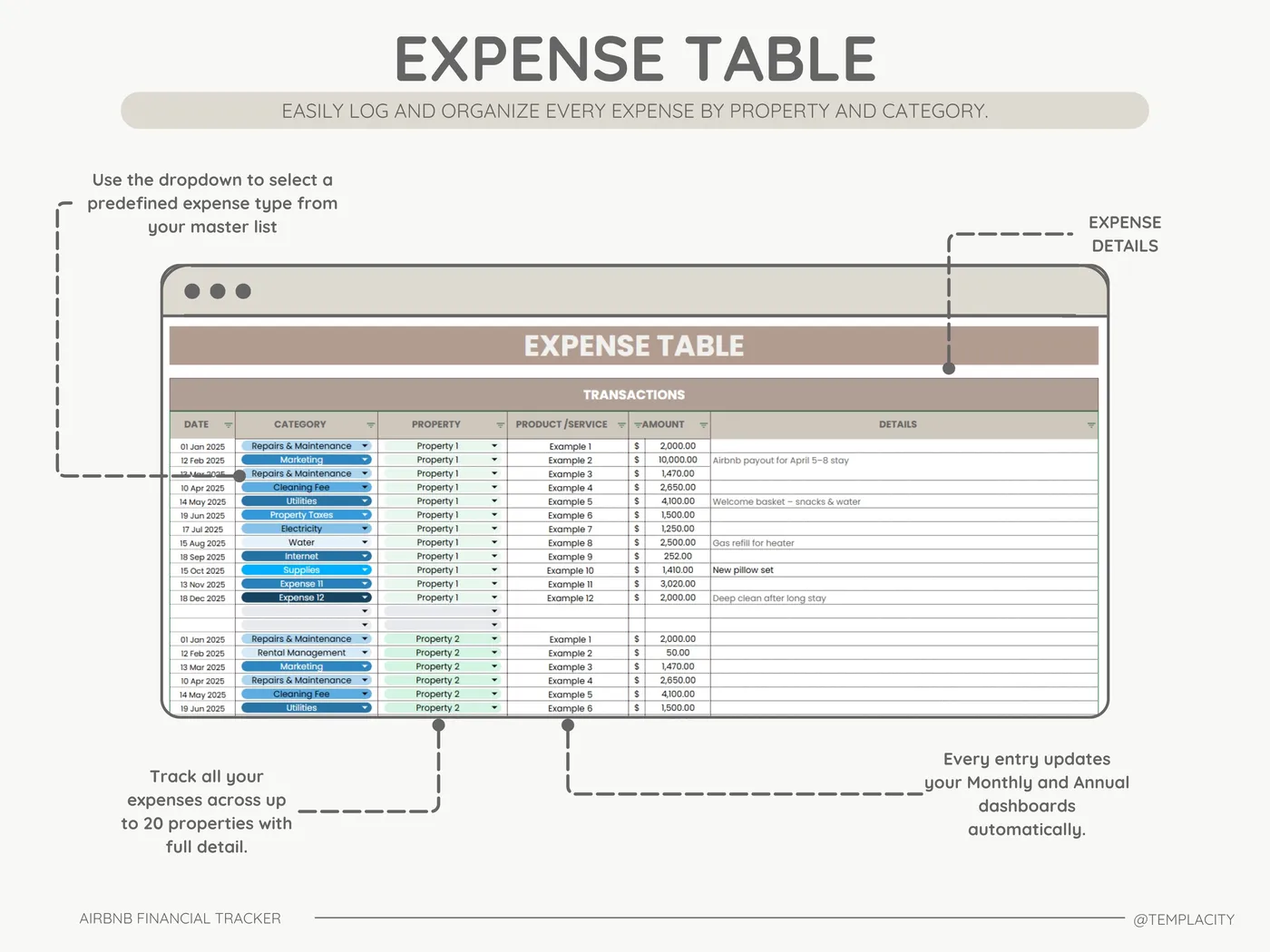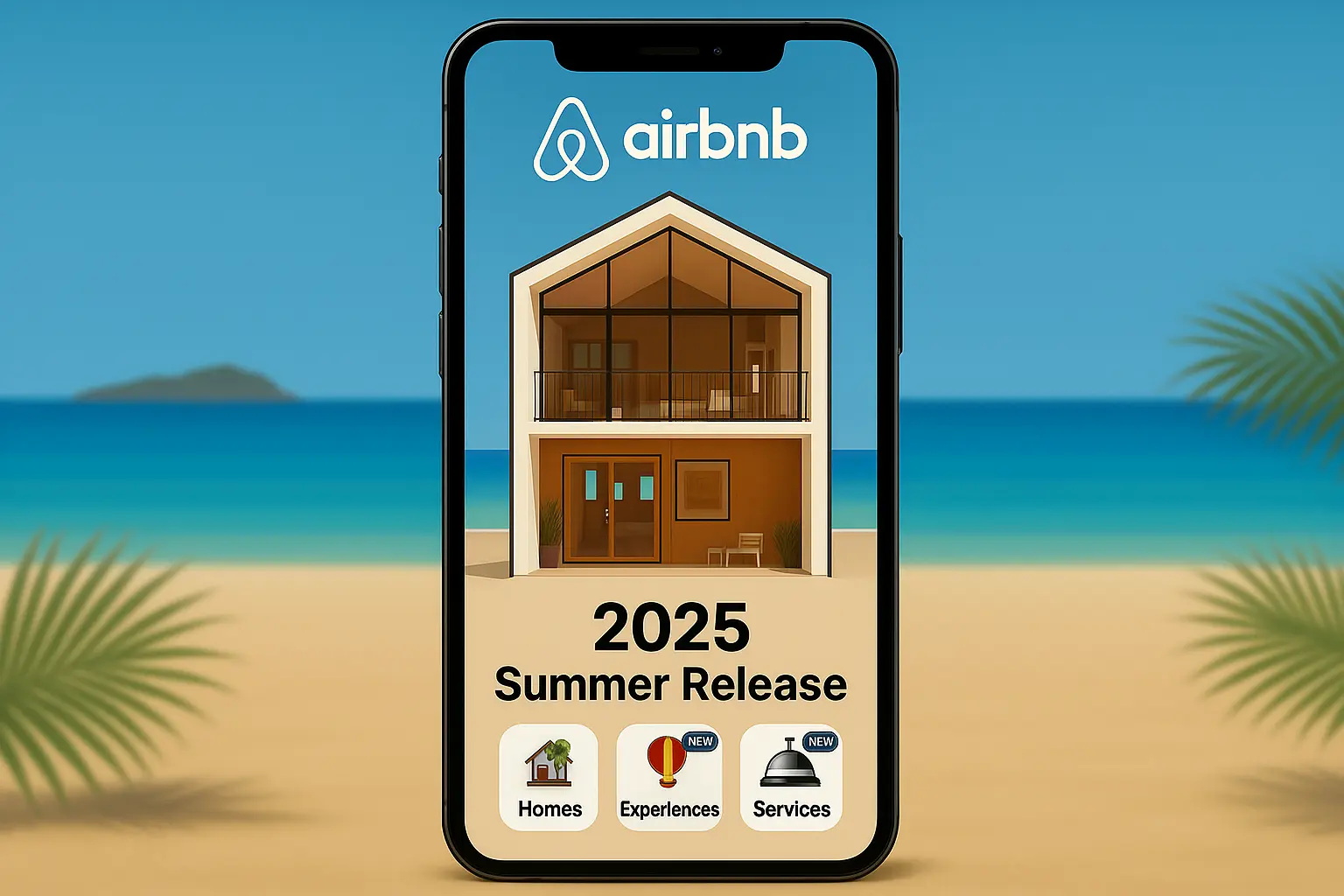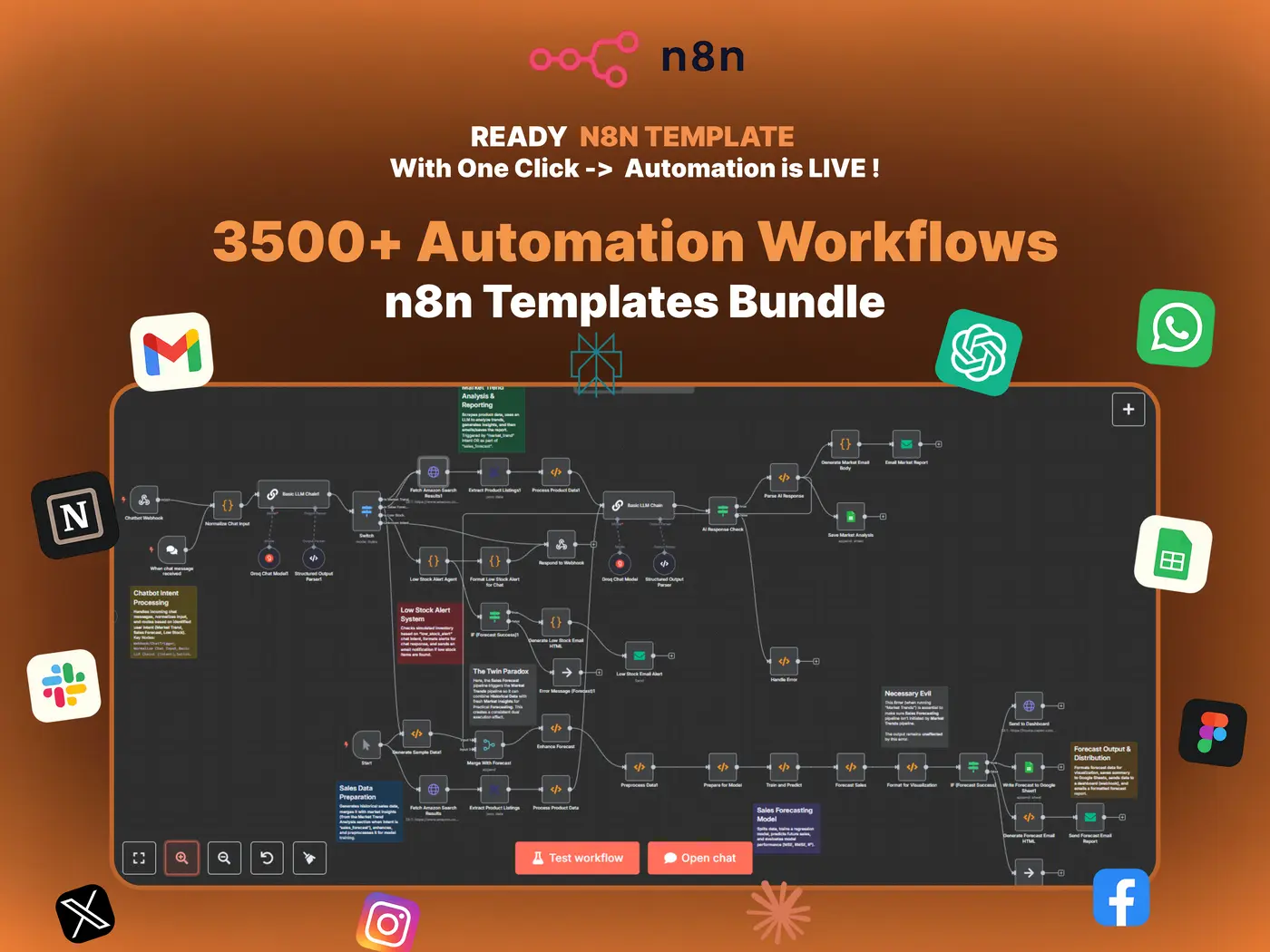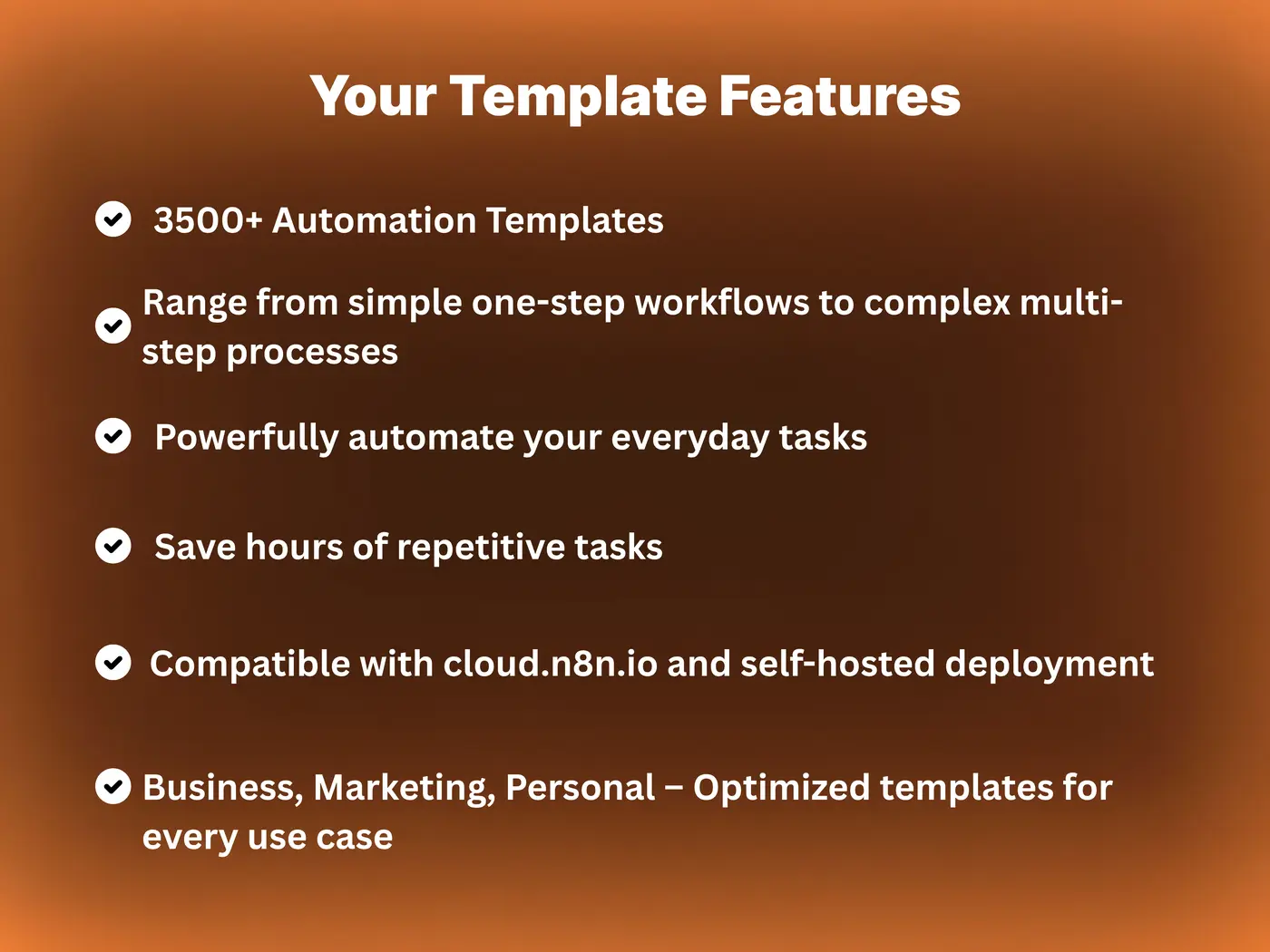Comparison
n8n vs Node-RED in 2025: Key Differences, Performance, and Best Use Cases
When comparing n8n vs Node-RED, both platforms provide visual automation builders, API integrations, and self-hosting options. However, their goals and architectures differ. This guide outlines the distinctions, advantages, and ideal use cases for each so you can choose the right platform for your next automation project.
Official resources: n8n.io and nodered.org.
Overview
| Category | n8n | Node-RED |
|---|---|---|
| Origin | Founded in 2019 by Jan Oberhauser | Created by IBM in 2013 for IoT and integration |
| Primary Focus | Workflow automation and integrations with APIs, databases, and AI | Event-driven automation, IoT, and real-time device control |
| Hosting | Self-hosted or managed cloud | Self-hosted and community-supported cloud |
| Interface | Modern visual canvas with node search and templates | Classic flow editor designed for lightweight deployments |
| Community | Strong developer growth, active GitHub releases | Long-standing IoT and maker community |
Key Differences Between n8n and Node-RED
- Purpose: n8n focuses on business automation, AI integrations, and workflow orchestration. Node-RED centers on IoT events, device control, and home automation.
- Interface: n8n’s UI feels more modern and modular, while Node-RED uses a lightweight, utilitarian editor.
- Extensibility: n8n supports “community nodes” via npm; Node-RED relies on function nodes and npm packages for extensions.
- Data handling: n8n uses JSON-based data across nodes, ideal for APIs. Node-RED processes message payloads, suitable for sensors or hardware signals.
- AI & cloud support: n8n integrates with GPT, Claude, and DeepSeek natively. Node-RED requires custom function nodes for similar behavior.
Strengths and Weaknesses
n8n Strengths
- Flexible and scalable architecture
- Rich set of integrations and AI support
- Built-in data tables and workflow templates
- Visual debugging and error handling
n8n Tradeoffs
- Requires setup and resources for self-hosting
- Higher learning curve for non-technical users
Node-RED Strengths
- Lightweight and stable for IoT applications
- Fast event-driven design
- Huge library of community nodes
- Excellent for Raspberry Pi and edge devices
Node-RED Tradeoffs
- UI feels dated for business automation
- Limited built-in cloud and AI integrations
Best Use Cases
| Scenario | Best Choice | Why |
|---|---|---|
| Business process automation | n8n | Extensive app integrations and AI nodes |
| IoT device management | Node-RED | Optimized for sensors and MQTT event processing |
| AI workflow automation | n8n | Native AI Agent node and multi-model support |
| Edge computing or Raspberry Pi projects | Node-RED | Low memory footprint and device control |
Verdict
Both tools are open source and powerful, but they serve different audiences. n8n is ideal for automation professionals, marketers, and developers building API-connected systems or AI workflows. Node-RED remains the go-to for IoT, sensor logic, and embedded environments.
Many teams even use both — Node-RED for event ingestion and n8n for orchestrating data transformation and AI layers.
Prebuilt n8n Templates
Start faster with automation templates that showcase API, CRM, and AI integrations. Designed to run natively in n8n without external setup.
FAQ: n8n vs Node-RED
- Is n8n better than Node-RED
- It depends. n8n is better for cloud automation and APIs, while Node-RED excels in IoT and local control.
- Can I use both together
- Yes. You can connect Node-RED outputs to n8n via webhooks or MQTT for hybrid workflows.
- Does n8n support MQTT
- Yes. n8n supports MQTT nodes for IoT-style data exchange similar to Node-RED.
- Which one is easier for beginners
- Node-RED is simpler for IoT logic; n8n is easier for web automation once you learn the interface.
